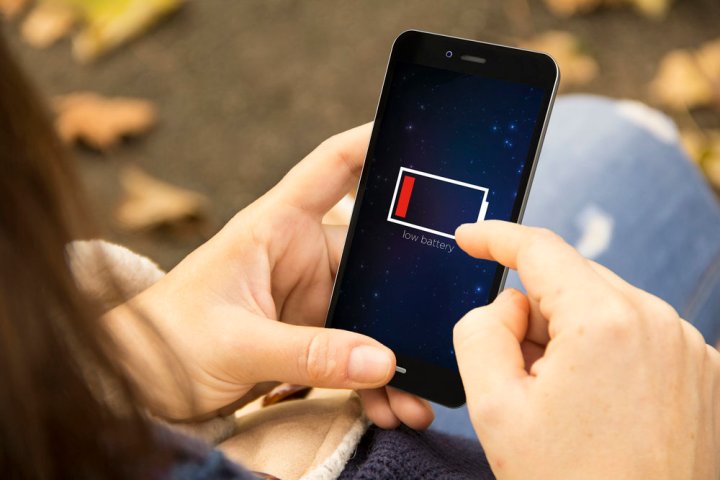
The key is MXene, a two-dimensional material consisting of two parts: A hydrogel (a gel with a liquid water component) and an oxide metal. It’s structurally dense enough to shield radiation and filter water, as the research team at Drexel demonstrated in 2011. But it’s also highly conductive, making it a good candidate for battery membranes.
That’s thanks to MXene’s chemical makeup, which optimizes the flow of electrodes — the places where energy is stored in batteries for charging — through it. Batteries hold ions in ports called “redox active sites” to hold a charge, and the number of ports a battery contains is directly proportional to the amount of charge it can hold.

Unlike the battery membranes of today, which have limited paths for ions to get to ports, MXene creates multiple paths for the ions to travel through. And MXene’s naturally high conductivity helps move the ions along quickly, ratcheting up the effective recharge rate.
“In traditional batteries […] ions have a torturous path toward charge storage ports, which not only slows down everything, but it also creates a situation where very few ions actually reach their destination at fast charging rates,” Maria Lukatskaya, a researcher on the team, said. “The ideal electrode architecture would be something like ions moving to the ports via multi-lane, high-speed ‘highways,’ instead of taking single-lane roads. Our macroporous electrode design achieves this goal, which allows for rapid charging — on the order of a few seconds or less.”
The end result might be a battery that takes mere “tens of milliseconds” to fully recharge instead of minutes or hours. Yuri Gogotsi, a materials science and engineering professor, said that MXene’s application in the real world could lead to better laptop batteries and electric car batteries. “If we start using low-dimensional and electronically conducting materials as battery electrodes, we can make batteries working much, much faster than today,” he said. “Eventually, appreciation of this fact will lead us to car, laptop, and cell phone batteries capable of charging at much higher rates — seconds or minutes rather than hours.”
Mxene isn’t commercially viable just yet — Gogotsi guesses it’s at least three years away from making its way into mass-manufactured products like cell phone batteries. But the team’s committed to exploring new applications in the near term.


